
This post is all about Emotional Regulation activities for kids
This site contains affiliate links, view the disclosure for more information
Helping kids manage their emotions is one of the most crucial parts of teaching and parenting. Emotional regulation lays the foundation for success in every area of a child’s life, whether in the classroom or at home. Yet many teachers and parents find themselves asking the same question: “What actually works when it comes to emotional regulation activities for kids?”
In this post, I’ll be sharing 25 emotional regulation activities for kids that I’ve used in real classrooms and seen real results from. These aren’t just theories or Pinterest-perfect ideas that collect dust, they’re tools that support emotional development, foster resilience, and help children build lifelong coping skills.
Whether you’re teaching preschoolers, working with neurodivergent learners, or simply looking for proactive behaviour strategies, you’ll find something here that works.

Why focus so much on emotional regulation? Because when children know how to name, express, and manage their emotions, they’re more focused, confident, and ready to learn.
Without these skills, frustration builds, behaviour escalates, and relationships suffer. That’s why integrating emotional regulation activities for kids into your daily routine is a game-changer, both for your learners and your own peace of mind.
As a primary teacher, I’ve used many of these strategies during morning meetings, calm-down routines, and one-on-one interventions. They’re simple, practical, and engaging. The best part is, many can be used for free, starting with the Emotion Flashcards I’ve created and shared with you below.
These emotional regulation activities for kids are perfect for calm corners, SEL lessons, transitions, and more. Whether you’re supporting one child or a whole class, these tools can help you build a foundation of emotional awareness that lasts far beyond the school day.
- Why Emotional Regulation Matters in Early Childhood
- What Is Emotional Regulation?
- 1. Emotion Flashcards (Free Printable)
- 2. Calm Corner Setup
- 3. Deep Breathing with Visuals
- 4. The Glitter Jar
- 5. Emotion Journals
- 6. Storytime with Emotional Themes
- 7. Feelings Thermometer
- Feelings Chart
- 8. Movement Breaks
- 9. Co-Regulation Strategies
- 10. Emotion Matching Games
- 11. “What Would You Do?” Scenarios
- 12. Check-In Charts
- 13. Breathing Buddies
- Breathing Buddy
- 14. Affirmation Cards
- 15. Emotion-Based Charades
- 16. Color Your Feelings
- 17. Breathing Ball or Hoberman Sphere
- Hoberman Sphere
- 18. Music and Movement
- 19. SEL Art Projects
- 20. Breathing Tracers
- 21. Use of Timers
- 22. Mood Tracking with Stickers
- 23. Feelings Dice
- 24. Emotion Scavenger Hunt
- 25. Partner Sharing Time
- Common Teacher Questions About Emotional Regulation
Why Emotional Regulation Matters in Early Childhood
Kids are learning how to be humans in a social world. Emotional regulation doesn’t always come naturally it’s often taught, practiced, modelled, and reinforced. Without these skills, people may struggle with behaviour, friendships, and learning.
In my second year of teaching, I had a student who would hide under tables when he got overwhelmed. Through consistent use of emotional regulation activities, especially visual tools and calming strategies, he slowly started coming out to express what he was feeling instead of shutting down. These tools changed his whole experience at school.
What Is Emotional Regulation?
Emotional regulation is the ability to identify, understand, and manage our emotions. For kids, that might mean calming down after a meltdown, expressing anger with words instead of hitting, or using deep breathing to stay focused during a test.
1. Emotion Flashcards (Free Printable)
Let’s start with a simple, effective activity: emotion flashcards. These are perfect for introducing emotional vocabulary, starting SEL discussions, or using in your calm corner.
Download the free Emotion Flashcards here
Try this: Let students choose a card to match how they’re feeling each morning. Use them during morning meetings, circle time, or behaviour check-ins.
2. Calm Corner Setup
Create a quiet space where students can go to regulate themselves. Fill it with soft pillows, sensory tools, and visuals like feelings charts or coping strategy cards.
Helpful resources for parents and teachers
If you want to know more about calm corners, check out my other calm corner blog posts:
Classroom Calm Corner Books: The Ultimate Guide to a Peaceful Space
How to Set Up a Calming Corner in Your Classroom on a Budget
How to Create a Calm Classroom Environment: A Step-by-Step Guide
3. Deep Breathing with Visuals
Teach kids to breathe deeply using visuals, like blowing up a balloon with their hands or tracing a star. I’ve found that pairing breathing with movement makes a big difference.
Real-life tip: I used to start our “reset time” with my kids yoga pdf. Even my most active learners would stop and join in.
This Free Yoga for kids PDF is a fantastic resource for breathing exercises in the classroom
4. The Glitter Jar
A classic but so effective. Fill a clear jar with glitter, water, and glue. When shaken, it represents the swirling emotions in our minds. Kids watch it settle, and their bodies often follow.

5. Emotion Journals
Give students a space to draw or write about their feelings daily. This can be as simple as folded A4 paper stapled together or a printable journal template.
These growth mindset writing prompts are a great addition to your student’s journals
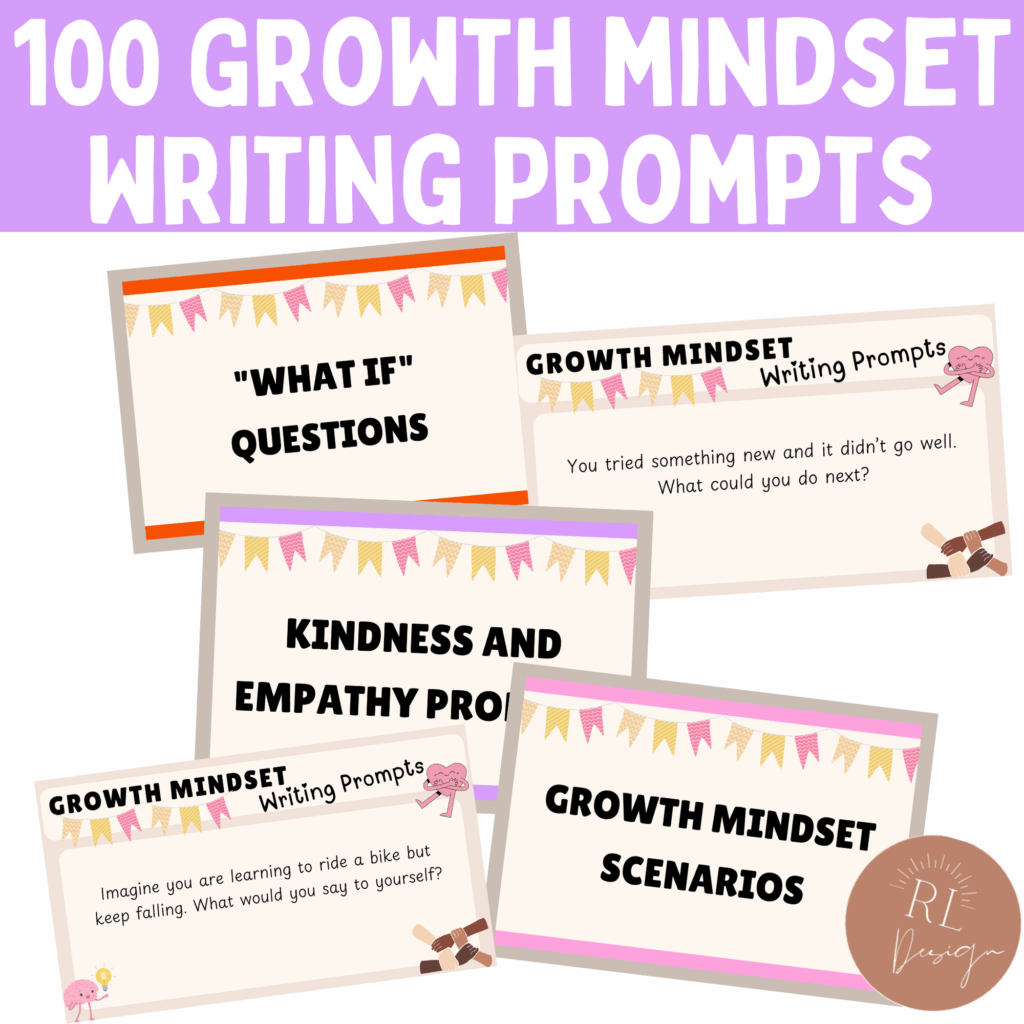
6. Storytime with Emotional Themes
Books are a fantastic way to introduce emotions in a safe and relatable way. Here are some favourites:
Perfect Book Picks:
- The Color Monster by Anna Llenas
- My Many Colored Days by Dr. Seuss
- When Sophie Gets Angry – Really, Really Angry by Molly Bang
Tip: Pause during reading and ask, “What do you think the character is feeling right now? What could they do?”
Check out my full list of Classroom Calm Corner Books: The Ultimate Guide to a Peaceful Space
7. Feelings Thermometer
Create a chart that helps children rate the intensity of their emotions, from calm to overwhelmed. This supports self-awareness and helps with de-escalation.
Feelings Chart
This daily check-in is a great way to check how every student feels each day. I like to get students to do this at the start of each day. This way I am able to be more mindful with my teaching.
8. Movement Breaks
Sometimes, kids need to move before they can regulate. Try brain breaks, yoga, or animal walks.
Must have resources
- GoNoodle – great for movement and SEL
- Yoga Pretzels Card Deck
This Kids Yoga Pose & Breathing Exercise Guide is designed for young learners. This 20-slide resource introduces 11 simple yoga poses and 2 calming breathing exercises, each illustrated with vibrant, kid-friendly images and straightforward instructions.
Whether you’re using this in a physical education class, for a classroom brain break, or as a daily mindfulness routine, this resource makes yoga accessible, fun, and engaging for children of all ages.
This resource is a ZIP File that includes PDF, PowerPoint, and MP4 formats, allowing you to present these exercises on any device or print individual slides for physical use.
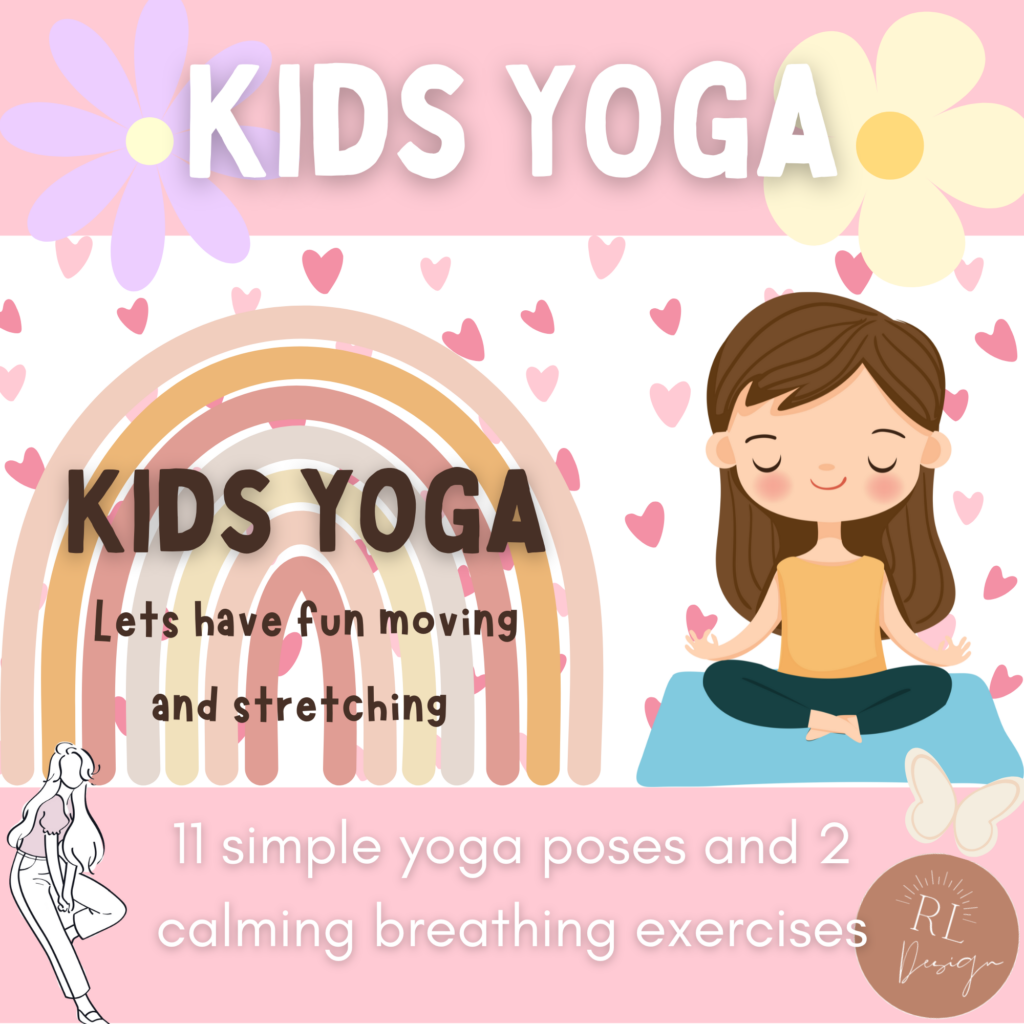
9. Co-Regulation Strategies
Model calm breathing, use soft tones, and mirror calm body language. Sometimes, kids need our nervous systems to help settle theirs. If you’re calm, they’ll start to feel safe.
10. Emotion Matching Games
Play memory or matching games with emotional faces. You can do this using your free Emotion Flashcards.
These Emotions flashcards could be perfect for matching games. Just cut the emotion name off from the bottom of the card.
To make it extra difficult, print in black and white

11. “What Would You Do?” Scenarios
Give students mini role-play situations:
- “Your friend takes your pencil without asking. How do you feel? What could you do?”
- “You feel left out at playtime. What might help?”
Great for small groups or morning meetings.
This Ultimate growth mindset challenge is the perfect way to introduce “what would you do” Scenarios
This engaging, interactive Social-emotional learning game is designed for both digital and printable use. Perfect for elementary and middle school classrooms, the Ultimate Challenge encourages students to think critically, embrace challenges, and develop a positive learning attitude.
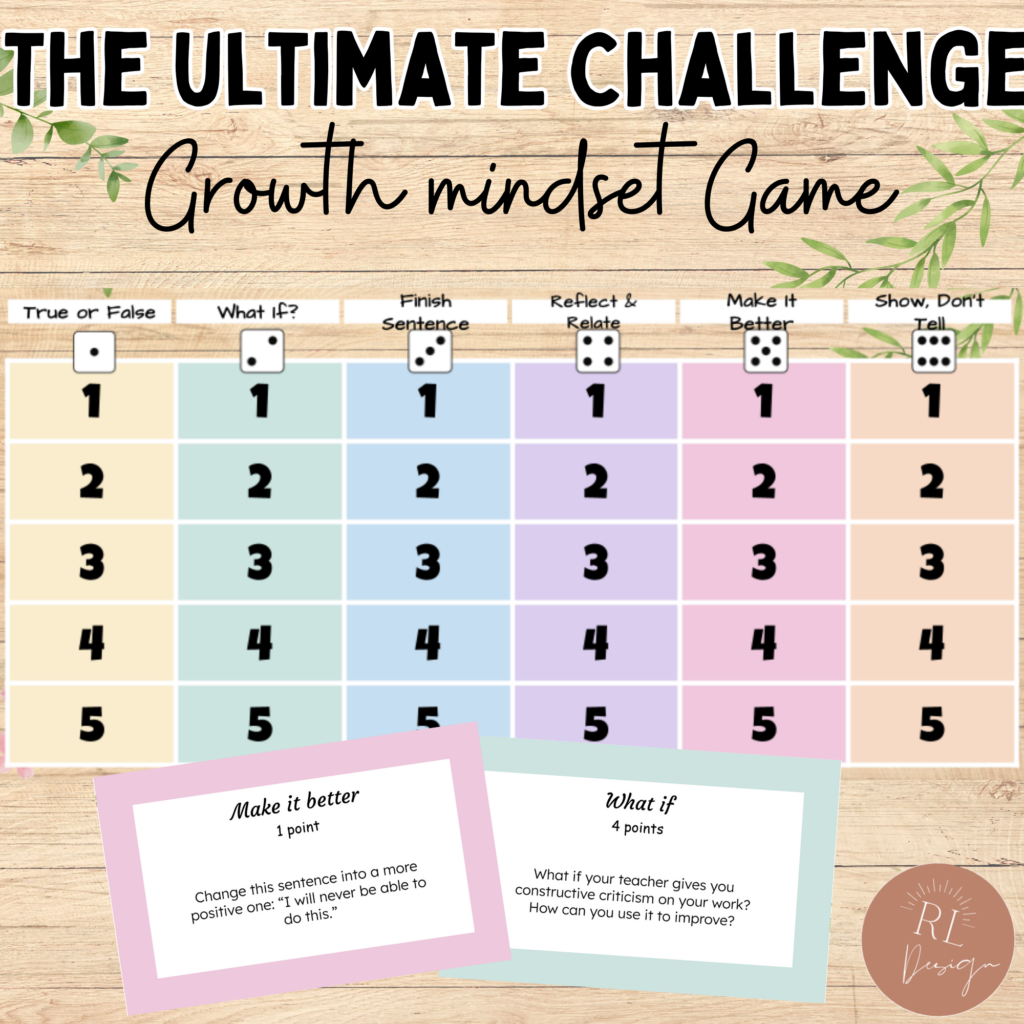
12. Check-In Charts
Use daily check-in boards or sticky notes where students mark how they’re feeling. You can track patterns and support kids proactively.
13. Breathing Buddies
This is one I’ve used with younger students—get a small soft toy, and have the child lie down with it on their belly. As they breathe in and out, they watch the buddy rise and fall.
Breathing Buddy
14. Affirmation Cards
Introduce short, powerful affirmations like:
- “I can stay calm.”
- “Feelings are okay.”
- “I can make good choices.”
These Free Printable Affirmation Flash Cards for Kids are the perfect tool for promoting positivity and self-esteem in the classroom or at home.
With 40 different empowering affirmations and 8 unique designs, these flash cards are ideal for helping children develop a positive mindset and reinforce good character traits.
Whether you’re a teacher looking for a quick SEL activity, or a parent aiming to boost your child’s confidence, these affirmation flash cards are a must-have resource.

15. Emotion-Based Charades
Act out feelings and have the group guess. This builds empathy and recognition skills. It’s a hit during rainy-day indoor times.
16. Color Your Feelings
Have students colour what their feelings look like using abstract shapes and colours. It’s insightful and soothing.
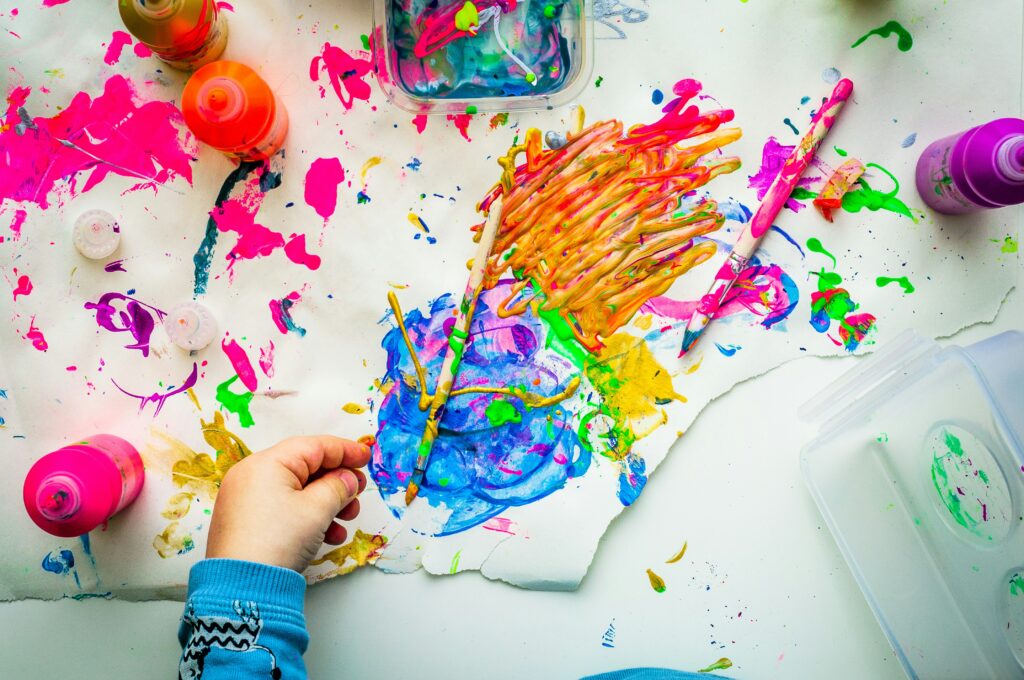
17. Breathing Ball or Hoberman Sphere
A physical tool for guided breathing, open and close the ball with your breath.
Hoberman Sphere
18. Music and Movement
Play calming music or use songs like “If You’re Happy and You Know It” with emotional twists (e.g., “If You’re Angry and You Know It, Take a Breath”).
19. SEL Art Projects
Draw your “calm self” or design your own coping tools. Kids love turning these into posters or classroom displays.
If you want to read more, check out my blog post on: 30 Engaging Social Emotional Learning Art Activities for the Classroom
20. Breathing Tracers
Breathing tracers are a fantastic addition to your toolkit of emotional regulation activities for kids, especially in early childhood classrooms. These are printable shapes, like spirals, rainbows, triangles, or figure eights—that children slowly trace with their finger while synchronising their breath.
Why they work:
When emotions are high, breathing becomes shallow or erratic. Tracers give students a visual and tactile guide to help regulate their breathing, slow their heart rate, and re-centre.
How to use them:
- Place them in your calm corner or on desks for quiet use.
- Use as a mindfulness activity at the beginning or end of the day.
- Laminate them and hole-punch into key rings for quick access.
Teacher tip:
One of my students used to get overwhelmed during transitions. Giving her a laminated breathing tracer helped her take a moment to calm down, even in a noisy classroom.
21. Use of Timers
Timers might seem simple, but they’re a game-changer when it comes to emotional regulation activities for kids. Visual timers in particular help children understand the when of emotional regulation.
How they help:
- Provide structure to reflection or calm-down time.
- Reduce anxiety by showing exactly how long an activity will last.
- Help kids transition from dysregulated to ready-to-learn.
Practical classroom use:
I use a Time Timer during calm-down breaks. A student might say, “Can I have five minutes to breathe?” and we’ll set it together. It gives them control while still keeping boundaries in place.
22. Mood Tracking with Stickers
Tracking mood is a gentle and non-confrontational way to help children tune in to their emotions over time. It’s also one of the most effective emotional regulation activities for kids because it builds self-awareness.
How it works:
Give each student a mood chart or feelings journal where they can:
- Add a sticker that represents their mood each morning.
- Choose an emoji that reflects how they feel.
- Reflect on their day’s feelings with a simple sentence or drawing.
Why it works:
You start to see patterns: Who’s consistently anxious on Mondays? Who is always calm after brain breaks? These insights open doors for support.
23. Feelings Dice
Turn learning into play with a DIY or store-bought feelings dice, one of the most fun and interactive emotional regulation activities for kids.
How to make one:
- Use a blank cube or printable template.
- Write or draw a different emotion on each face.
- Laminate for durability.
Ways to use:
- Roll the dice and act out the emotion.
- Share a story about when you felt that way.
- Pair with a calming strategy (e.g., “When I feel angry, I can…”).
Why it’s effective:
It gets kids thinking about feelings, talking about emotions, and moving their bodies, all at the same time. Plus, it’s a great icebreaker during morning meetings or SEL time.
24. Emotion Scavenger Hunt
Walk around the classroom looking for faces in books, posters, or drawings showing different emotions. Label and discuss each one.
25. Partner Sharing Time
Don’t underestimate the power of peer conversations. Simply giving kids structured time to share how they’re feeling creates connection and normalises emotional expression, making it one of the most low-prep and high-impact emotional regulation activities for kids.
How to structure it:
- “Turn to your partner and share one thing that made you feel happy today.”
- “Tell your partner one time you felt frustrated this week.”
- “What’s one thing that helped you feel calm today?”
Why this matters:
Kids learn empathy through listening. They feel seen when they share. And over time, it creates a culture of emotional openness in your classroom.
Common Teacher Questions About Emotional Regulation
How do I know if a child is struggling with emotional regulation?
Look for signs like explosive reactions to small triggers, withdrawal, or difficulty calming down after conflict.
What’s the best age to start?
It’s never too early. Preschoolers can begin learning feeling words and simple strategies like breathing and using calm-down areas.
How often should we practice emotional regulation activities for kids?
Daily practice is ideal. Integrate it into your routines—morning meetings, transitions, after recess, or before home time.
Emotional Regulation Activities for Kids
Supporting kids with their big feelings doesn’t have to be overwhelming. With consistent practice and the right tools, kids can learn to recognise emotions, express themselves safely, and build strategies that help them feel more in control. That’s the power of integrating emotional regulation activities for kids into your daily routine, it’s not just about preventing meltdowns, it’s about giving children the lifelong gift of self-awareness and emotional literacy.
Every child is different, and that means emotional regulation isn’t one-size-fits-all. What works for one student may not work for another, and that’s okay. The beauty of having a wide range of emotional regulation activities for kids is that you can mix and match, try new things, and personalise your approach based on the needs of your learners.
So, whether you’re helping a preschooler calm down after a tough transition, supporting a student with anxiety, or just adding more SEL into your school day—know that every small effort adds up. Keep teaching the vocabulary, keep modelling those deep breaths, keep holding space for feelings. You are making a difference.
And if you’re ready to get started with a low-prep, high-impact tool, don’t forget to download your free Emotion Flashcards. They’re an easy way to bring emotional learning into the everyday moments that matter most.
Let’s keep empowering our kids




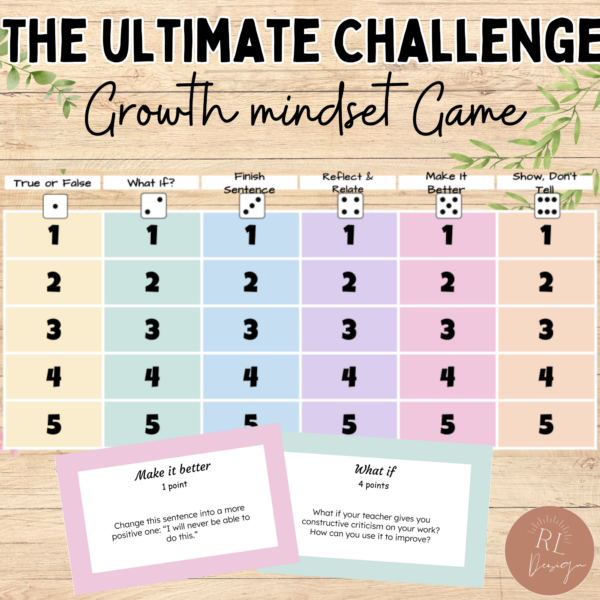
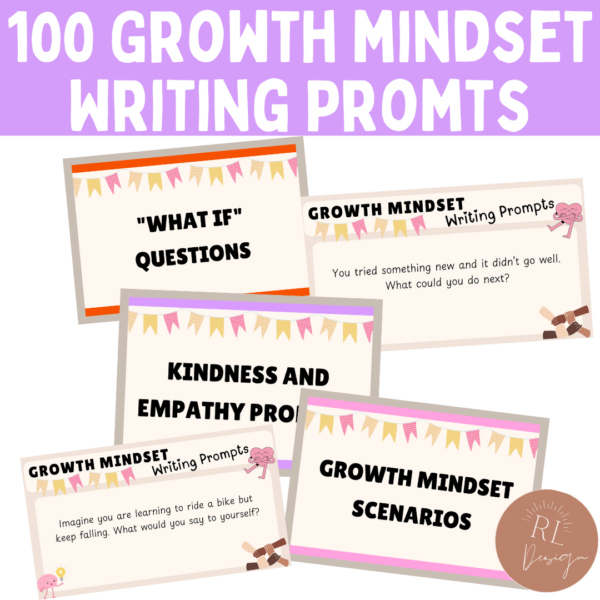
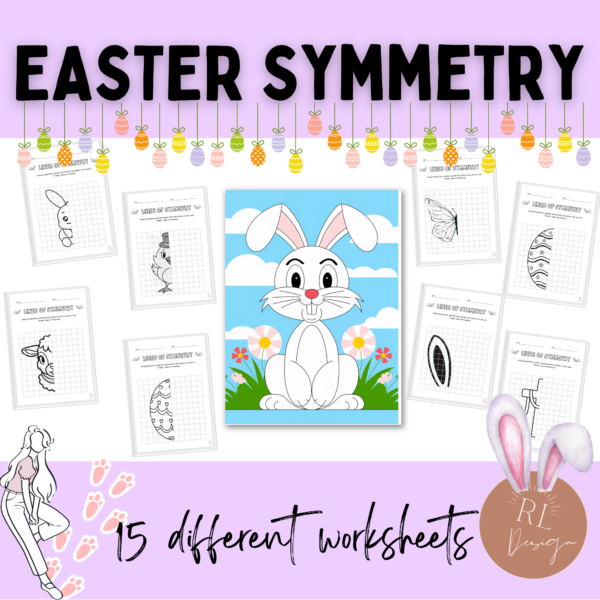
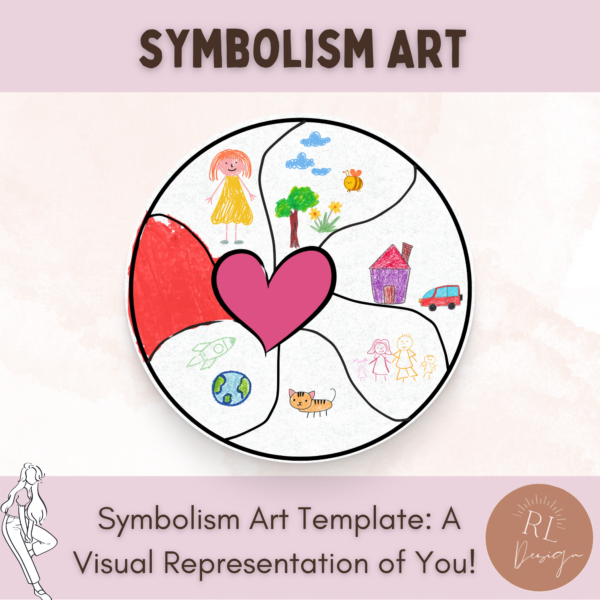
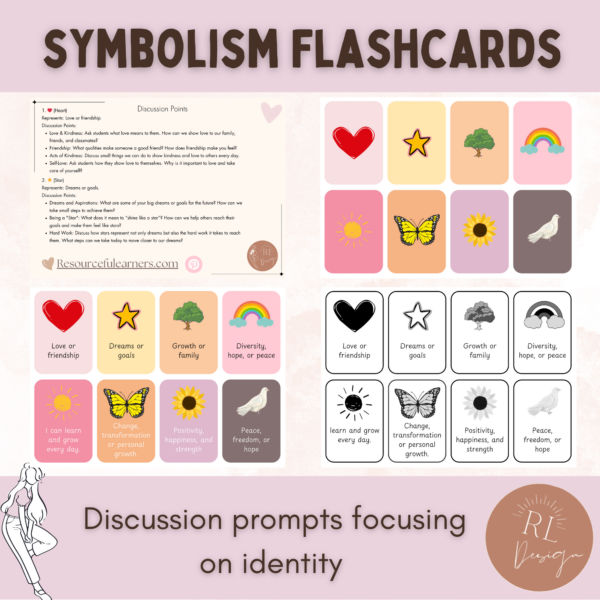
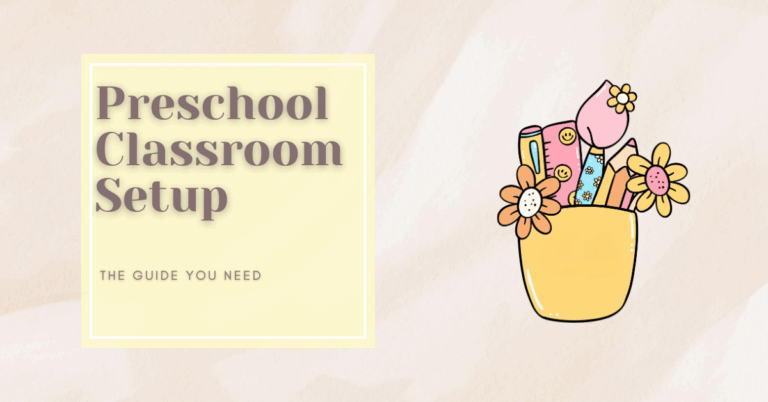
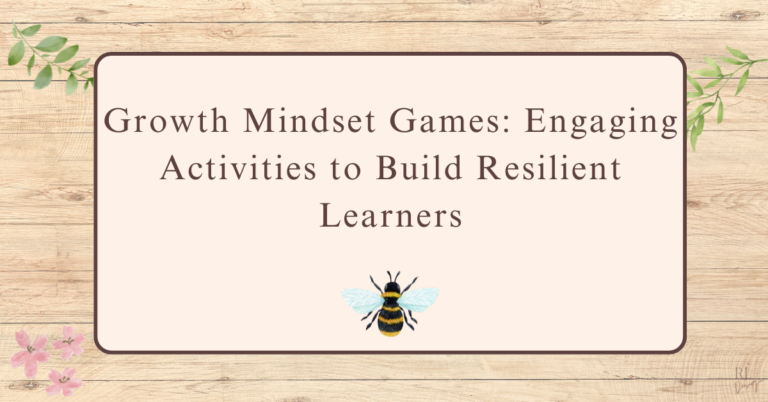
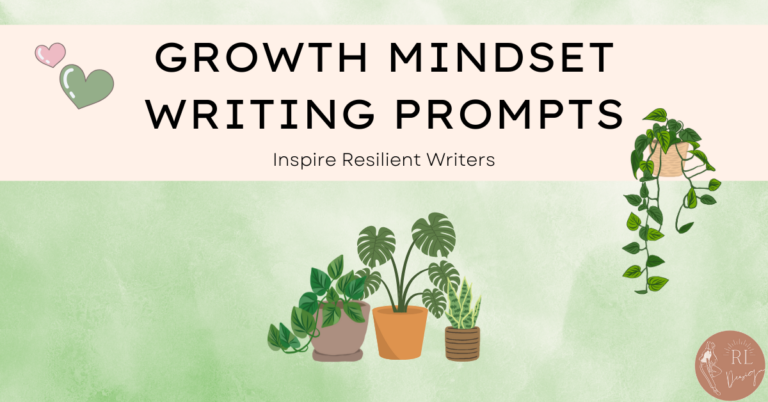

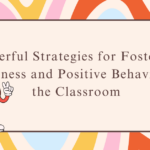
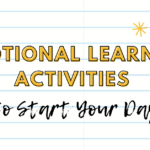

Leave a Reply